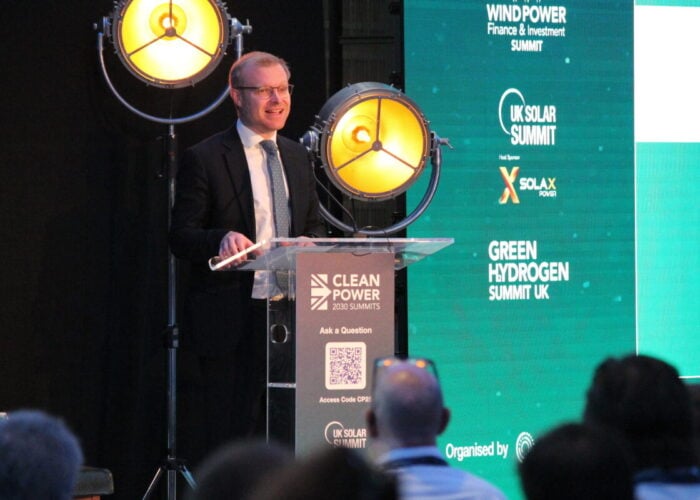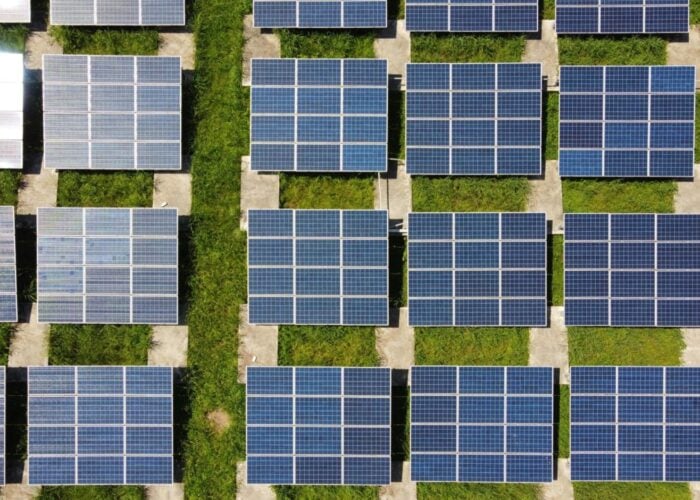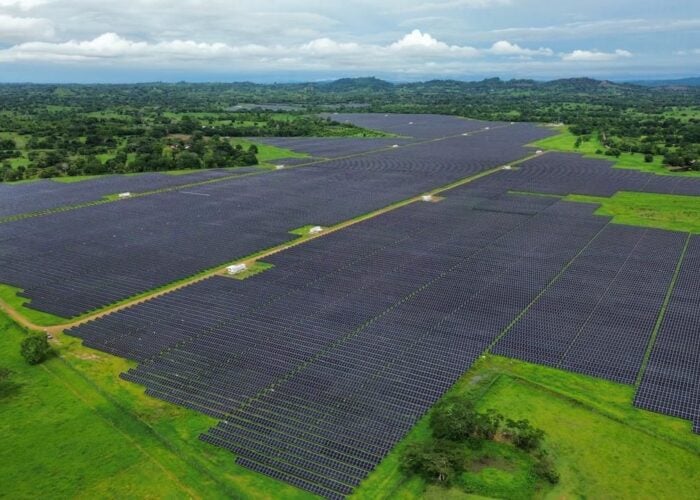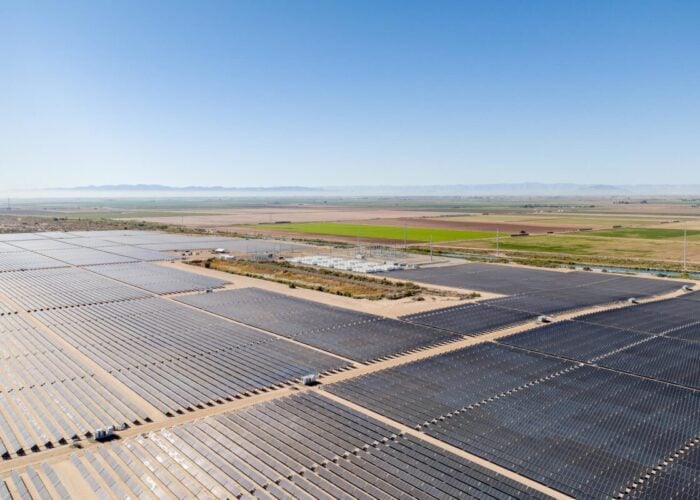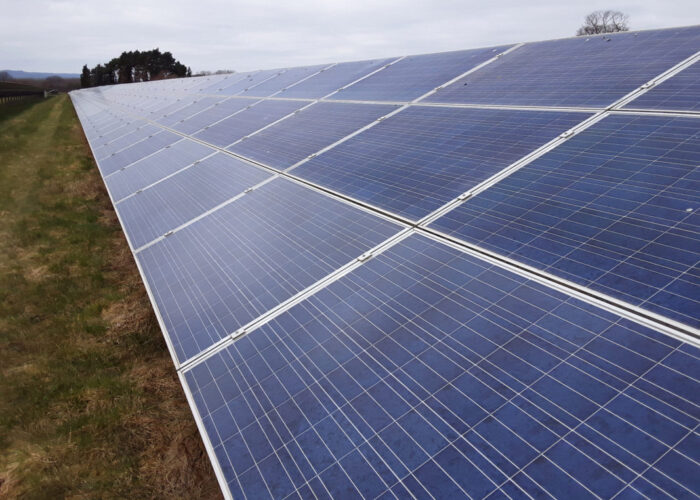
Solar project financiers need to be more dynamic and flexible in a changing market, according to panellists at Solar Media’s Solar Finance & Investment Europe event, discussing a range of financing solutions for solar projects.
At the panel ‘Alternative Financing Opportunities for Renewables Deployment’, speakers noted that macroeconomic factors, such as increased demand for solar projects, high interest rates and growing cost of capital across the European solar sector, has encouraged developers to look to a range of financing options for their projects.
Unlock unlimited access for 12 whole months of distinctive global analysis
Photovoltaics International is now included.
- Regular insight and analysis of the industry’s biggest developments
- In-depth interviews with the industry’s leading figures
- Unlimited digital access to the PV Tech Power journal catalogue
- Unlimited digital access to the Photovoltaics International journal catalogue
- Access to more than 1,000 technical papers
- Discounts on Solar Media’s portfolio of events, in-person and virtual
“If you want to be a successful developer, especially a greenfield developer, you need to be proactive,” said Rokas Bancevičius, chief financial officer at Green Genius and one of the panellists. “You sometimes have to change your development budget or your approach.”
“Interest rates are higher and the differences between debt and equity are more blurred,” Bancevičius added, pointing to how this need for flexibility has led to new forms of financing deals being signed. “What we’re seeing on the market is preferred equity deals.”
One example of these new financing options is the green bond, where developers can receive funding in exchange for committing the funds to an environmentally sustainable project, such as a solar farm, and disclosing the project’s compliance with environmental regulations. The practice is not uncommon in the solar sector, with Masdar and Iberdrola issuing US$1.5 billion in green bonds for renewable projects last year, and there could be potential for more interest in this area.
“Green bonds fit what’s happening in the market,” said Meggie Eloy, a certification analyst at the Climate Bonds Initiative, and another panellist. “For investors, the biggest benefit is that it’s a short-term instrument, but it considers the long-term risks. It allows you to directly track the proceeds, which is good in an environment where … you need to report your impact”.
“Green bonds are also oversubscribed,” added Eloy, discussing this growing interest in green bonds. “When you have a green bond, investors want to speak to you more. You can also get an increased access to an investor base, which is useful for emerging markets.”
Indeed, Eloy noted that, between 2010 and 2023, the value of green bonds signed increased from US$2 billion to US$4 trillion, demonstrating this increased appetite for financial support that complies with sustainability regulations.
Niels Jakeman, head of energy origination Europe for NORD/LB agreed, noting that the bank has supported 43 green bonds, suggesting that such an approach is attractive to even, as he described it, a “more traditional type of lender”.


